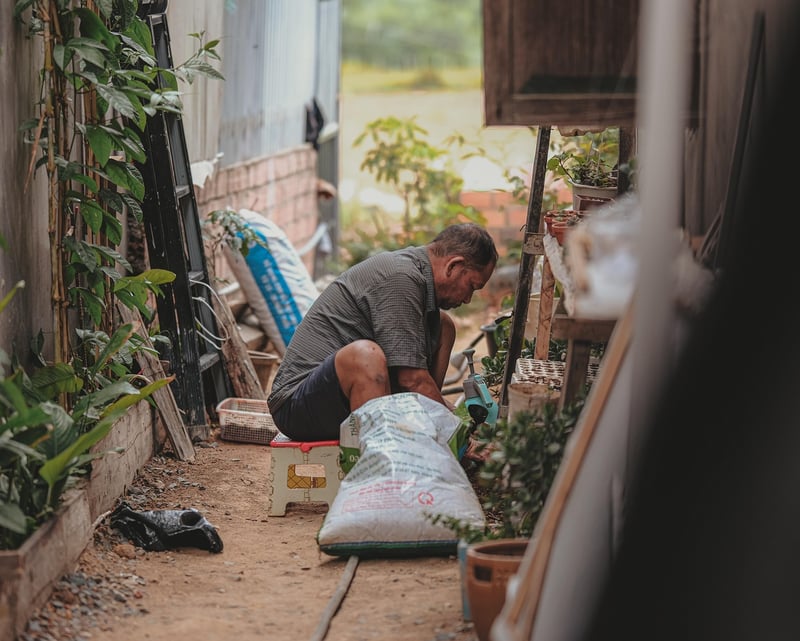Organize Plant Swaps
Connecting Urban Gardeners: Organize Plant Swaps

Urban gardening is a growing trend that allows city dwellers to connect with nature and cultivate their own green spaces. Whether you have a small balcony, rooftop, or community garden plot, there are plenty of opportunities to grow plants and share your passion with others. One exciting way to connect with fellow urban gardeners is by organizing plant swaps.
What is a Plant Swap?
A plant swap is an event where gardeners come together to exchange plants, cuttings, seeds, and gardening tips. It's a fantastic way to diversify your plant collection, discover new species, and connect with like-minded individuals in your community.
How to Organize a Plant Swap?
- Choose a Venue: Select a location such as a community center, park, or botanical garden where participants can gather comfortably.
- Set a Date and Time: Pick a convenient date and time that works for the majority of attendees, such as a weekend morning or afternoon.
- Promote Your Event: Use social media, local gardening groups, and community bulletin boards to spread the word about your plant swap.
- Establish Guidelines: Decide on rules for plant exchanges, such as the number of plants each person can bring, whether seeds are allowed, and any special considerations for rare or delicate species.
- Arrange Display Areas: Set up tables or designated spaces where participants can showcase their plants for swapping.
- Encourage Networking: Create opportunities for gardeners to chat, exchange gardening tips, and build connections with one another.
- Provide Refreshments: Consider offering light refreshments or snacks to make the event more enjoyable for attendees.
- Follow Up: After the plant swap, encourage participants to share photos of their new plants and stay in touch for future gardening activities.
Benefits of Plant Swaps
- Biodiversity: Plant swaps promote biodiversity by introducing new plant varieties to urban gardens.
- Community Building: They foster a sense of community among urban gardeners and create opportunities for collaboration.
- Sustainability: Plant swaps encourage sustainable practices such as plant propagation, reducing waste, and sharing resources.
- Educational: Participants can learn about different plant species, growing techniques, and sustainable gardening practices from fellow gardeners.
Organizing a plant swap is a wonderful way to connect with other urban gardeners, expand your plant collection, and contribute to a greener, more vibrant urban environment. So why not gather your gardening friends and start planning your own plant swap today!

